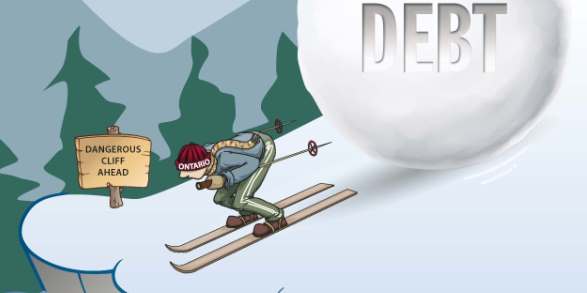The Ontario government's strategy to eliminate the projected $8.5 billion deficit has largely hinged on hoping revenues will grow robustly and eventually catch up to spending increases. This is a risky strategy.
debt and deficit
Canada enjoyed an economic and fiscal renaissance starting in the mid-1990s that lasted more than a decade.
More than six years after the recession of 2008-09, eight out of 10 provinces (including Alberta, which released its budget yesterday) are currently in deficit, and the newly formed federal government has committed to falling back into deficit.
With a relatively weak Canadian economy, depressed commodity prices and the myriad of international economic issues (i.e. uncertainty in China), federal parties should offer solutions to the economic storm clouds on the horizon.
These days, we economists tend to be very optimistic about the future, certainly compared to the ghastly visions of environmentalists and others.
With tumbling oil prices and resource revenues, Premier Jim Prentice had a choice when he delivered Alberta’s 2015 budget. He could emulate former premier Don Getty and raise taxes or follow the Ralph Klein playbook and reduce spending.
Against the backdrop of a sluggish and uncertain economy, B.C. Finance Minister Mike de Jong unveiled a largely status quo budget on Tuesday.
Many Ontarians have likely heard a horror story or two about their government’s growing debt and the resulting strain on public finances. You can’t blame them. Sources of evidence abound.
Ontario’s provincial government wants a balanced budget for the 2017-18 fiscal year, and Finance Minister Charles Sousa is adamant that Ontario will reach that goal.

